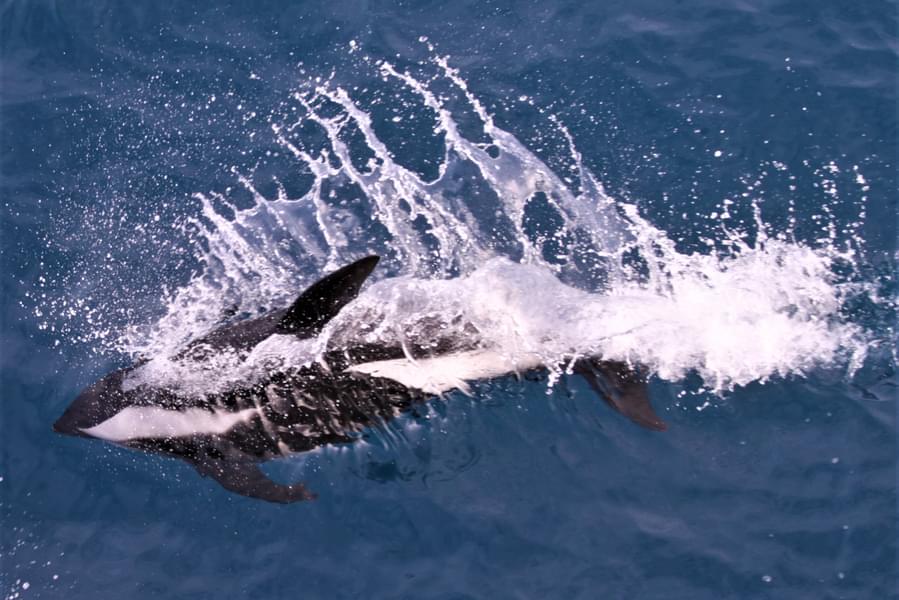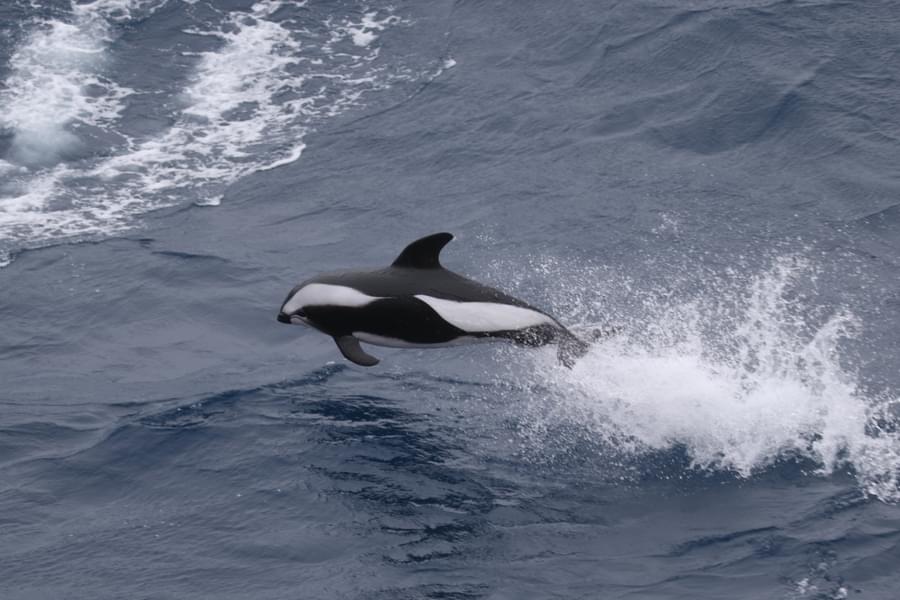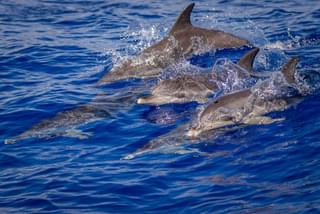Hourglass dolphin
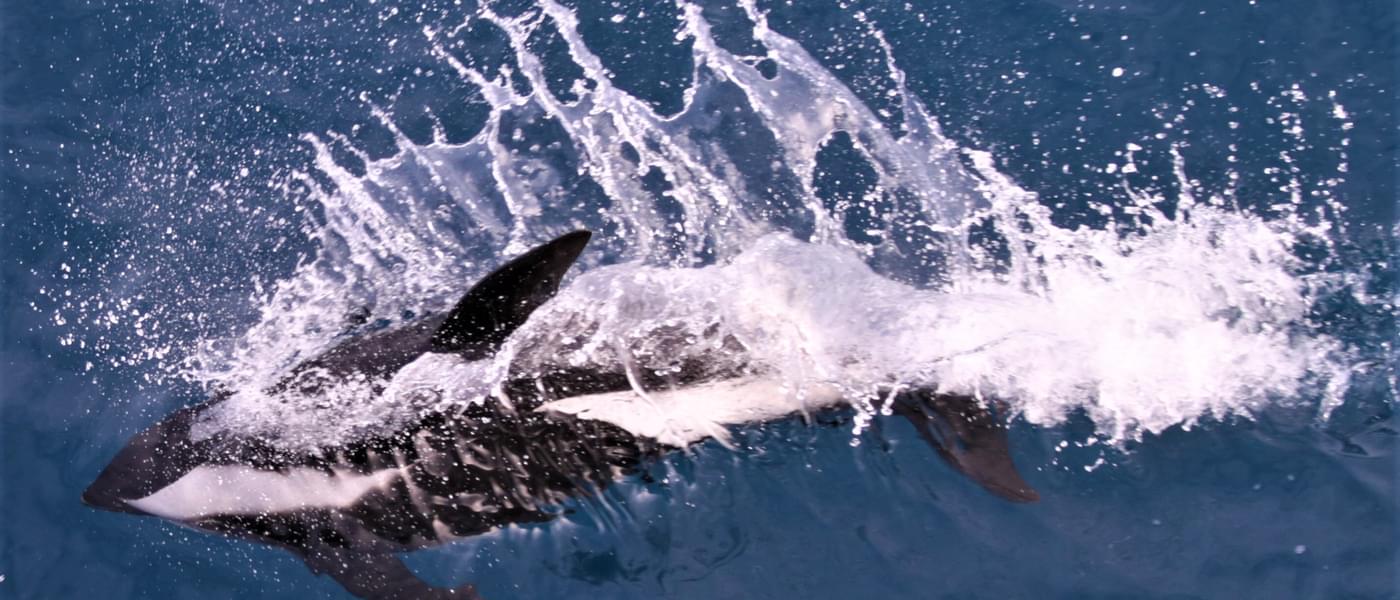
Lagenorhynchus cruciger
1.4 - 1.9m
Black and white
Teeth
Dorsal fin
A beautifully patterned small short-beaked dolphin. They are mostly black apart from an hourglass-shaped white blaze running along their flanks. Their undersides are white, and their faces are white and slope down into a very short black beak. Their central dorsal fins are large compared to their bodies. Male dorsal fins are more hooked than females and can be hooked back at an angle of 90°.
Key Features:
Sloping melon blends into small beak
Tall black, hooked dorsal fin
White hourglass patterning on a black body
Active, frequently bow-riding
Behaviour
Hourglass dolphins are often seen swimming fast at the surface with long low leaps, often with just the dorsal fin breaking the surface. Their fast swimming creates a lot of spray and frequently they approach boats and bow-ride. They are usually seen in small pods of up to 12 individuals.
Threats
Due to their remote distribution, hourglass dolphins are thought to be less impacted by human threats such as bycatch catch and noise pollution, but climate change and chemical pollution still pose a threat to them.
Distribution
The hourglass dolphin is only found in the Southern Hemisphere in cold subantarctic and Antarctic seas and are the most southerly ranging dolphins. It is the only small dolphin found regularly south of the Antarctic convergence.
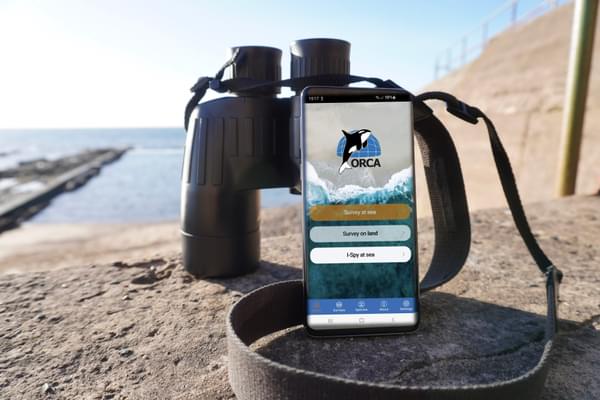
Study whales and dolphins as an ORCA OceanWatcher
The ORCA OceanWatchers online training course, along with a bespoke app, will enable everyone to collect data about whales, dolphins and porpoises. And it can be collected from anywhere that you can see the sea - whether that’s from your local beach, on holiday at the coast, scanning the seas from a cruise ship, travelling via ferry, or from your own boat.
You may also be interested in

